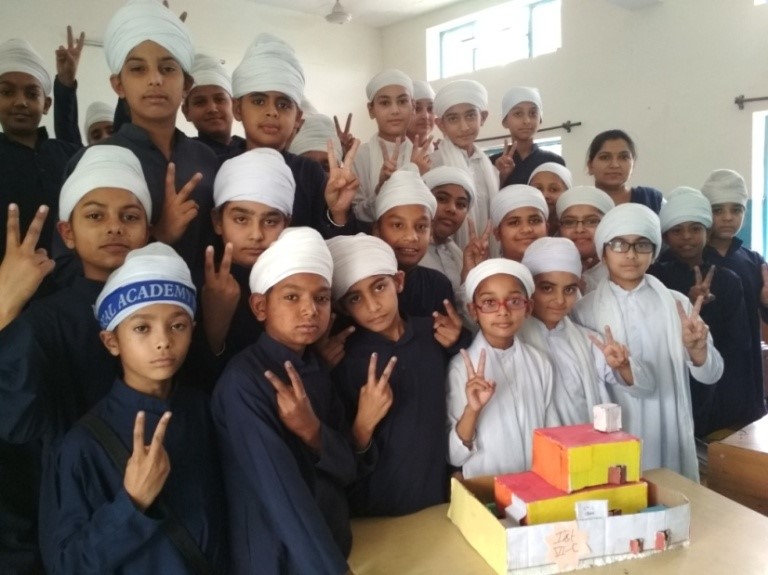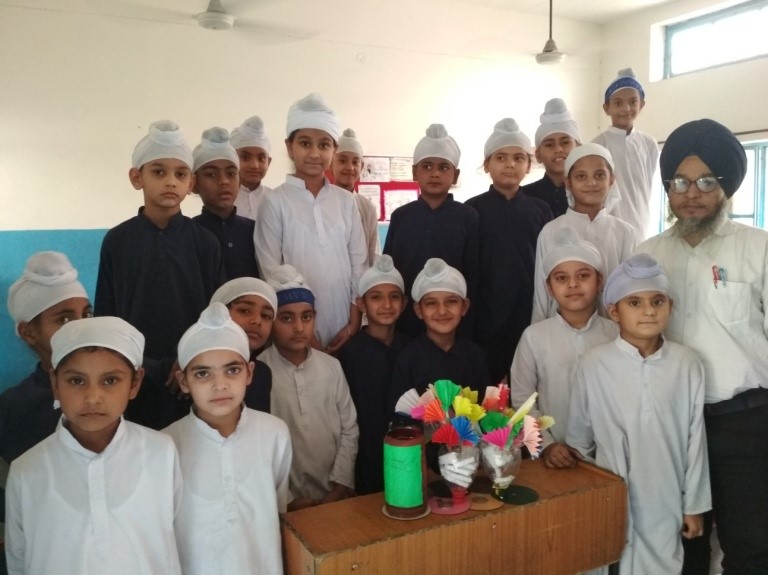Educational tours are about imparting learning to provide a good base of actual hands-on experience of history that boosts the mind of every student with more innovative ideas by discovering varied aspects through traveling. The Students of Akal Academy Bilga got a golden opportunity to visit the Golden City of India, ,Amritsar on Wednesday 9 May, 2018 . The trip was indeed a very memorable one for the students of Class X & XII with the aim of making them aware of our glorious history, art and culture. They visited all the places of tourist interest in the city, that is—The Golden Temple and Jallianwala Bagh. As many as there were 90 students. It was a one day trip. They were very much excited to go through their valuable heritage and learn more about it. The Students boarded bus from school at 6:30 am They were accompanied by the teachers Mrs. Jasvir Kaur , Mrs. Ritu Bala , Mr. Ajander Singh , Mr. Jagjodh Singh and Mr. JB Singh. They reached the venue at 11:00 am. At first , students visited Golden Temple Amritsar and presented their offerings to the almighty and prayed for their bright future. Amritsar is the cultural capital of India’s north-western state, Punjab. Located near the border of India and Pakistan, Amritsar means the ‘pool of nectar’, named after the holy pool of the Golden Temple. After taking blessings from Guru Sahib they had holy ‘ Langar ’ . Then students visited The Jallianwala Bagh.
The Jallianwala Bagh is around one km from the Golden Temple. As it is known for the infamous massacre of April 1919. Students catch glimpse of memorial inside the garden, next to the Martyr’s Well in which people jumped to save themselves from the bullets. They also saw the walls continue to have the bullet marks on them, a grim reminder of the gory massacre.
The trip was immensely enjoyed by all. Principal Harpreet Kaur Sahni encouraged the efforts of the teachers to enhance the cultural and historical vision of the students. She remarked that knowledge of our glorious past, gained by the students in such visits were the per-requisites for binding them to their cultural roots.












